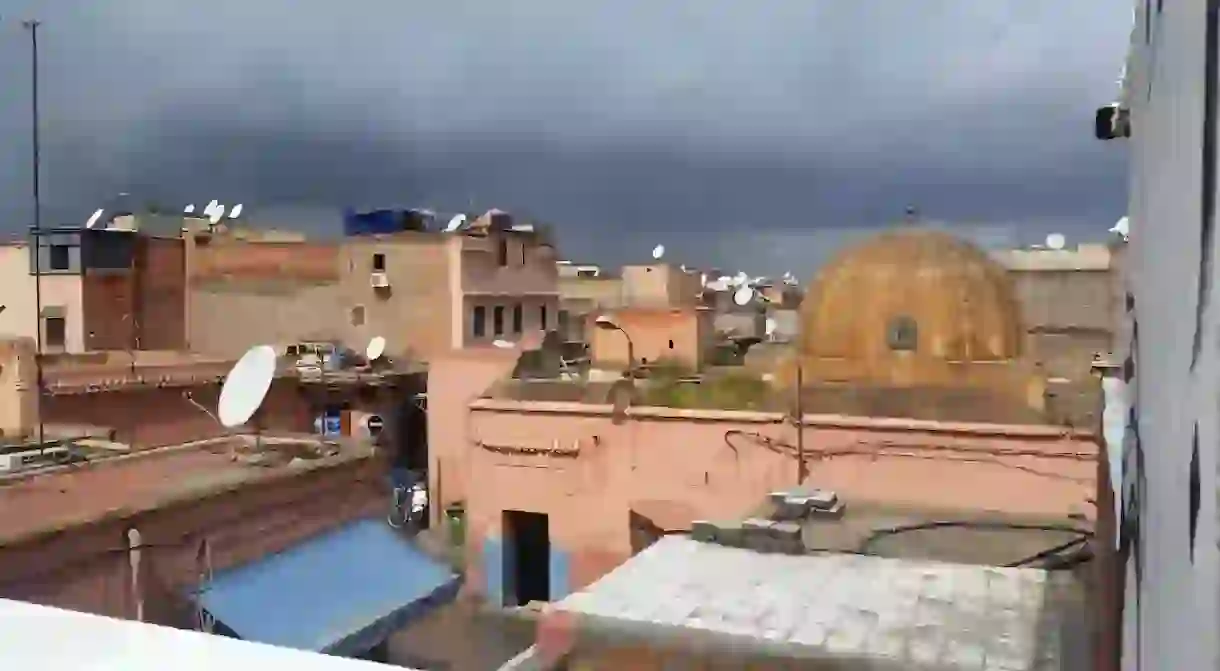A History Of The Hammam In Morocco In 1 Minute

With a hammam in every neighborhood – in particular in the old city where hot running water may not be installed in every home – the hammam is a bath house complete with three connecting rooms; a hot/steam room, a warm room for bathing, and a cold room for rinsing prior to departure. Given the importance of ablutions and cleanliness in Islam, the hammam is one of the five services that exist in every community – a community oven, school, mosque, and fountain are the other essentials.
When the Almohad dynasty came to power in the 12th century, they immediately began construction of hammams throughout Morocco. Identifiable by its cupola over the cold room, the hammams are often marked with a painting of a woman or a man indicating the appropriate entrance. Once inside, the first room is the changing room where wooden benches are provided, plus a guardian to watch your bags for a small fee.
Through the discrete doorway are the three rooms of varying temperatures, but it’s in the last room that you will find the main water source – one tap for cold and one tap for hot water, with the water (and floors) heated manually with woodchips from the oven below. Given its location in the community, the same source often provides heat to the bread oven as well. The décor is rather basic with tadelakt – a water-resistant plaster – surfaces and locals sitting directly on the floor.

While some local hammams have special hours for men and women, larger hammams have separate entrances so the sexes never mix. But for both sexes, Thursday evenings tend to be a busy time in advance of the weekly Friday midday prayers. But regardless, the hammam remains a social place, in particular for women who you may spot sipping a mint tea or eating couscous together following their scrub.
For the most part tourists are permitted to enter, with only a few hammams closed to foreigners. Just be sure to wear your bathing suit bottoms, bring your own towel, a bathmat to lie on during your scrub, and flip-flops. Stop by the local spice shop to pick up a khmiss (coarse glove for scrubbing) and black soap to soften the skin before your scrub down begins.













